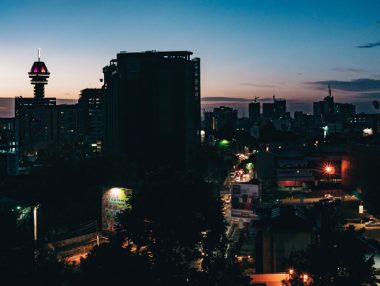08 Jun 2018
TAF and GuarantCo support work to provide cheaper power in Kenya
Adoption of Local Currency Power Purchase Agreements could reduce costs for end users.
Work supported by two PIDG companies could lower the cost of power for Kenyans, as the government prepares to adopt local currency tariffs for power purchase agreements.
The move follows recommendations made by a study on the availability and viability of local financing for infrastructure projects in the energy sector, supported by PIDG companies TAF and GuarantCo.
The study found that local firms such as pension funds, commercial banks and insurance companies have a projected capital availability of KES 4.45 trillion available over the next decade.
The utilisation of this local capital could significantly reduce the development cost of energy projects and mitigate against the currency exchange risk on power purchase tariffs, which is often passed on to consumers.

Local investors have in the past had to buy hard currency to participate in infrastructure projects a factor that has exposed them to exchange losses due to currency fluctuations. Locally denominated tariffs also enable the growth and deepening of local markets, enabling investors to take up longer term investments.
Notice: Undefined index: external in /home/v-devpidg-355e63/htdocs-07D18C6609D2/wp-content/themes/pidg_main/functions.php on line 409
Notice: Undefined index: boxed in /home/v-devpidg-355e63/htdocs-07D18C6609D2/wp-content/themes/pidg_main/functions.php on line 414
The study, which has been presented to the Kenyan Energy Regulatory Commission (ERC), recommends that the government adopt a hybrid approach to financing infrastructure projects in the energy sector to retain international investors.
Tariffs for all projects under 10MW should be fully denominated in local currency while all projects above 10MW should partially be denominated in hard currency depending on the technology used to generate power.
The work speaks to PIDG’s goals of widening access to affordable infrastructure in the world’s lowest-income countries.
Read the full reportStay up to date with PIDG news as it happens News Subscribe Newsletter archive
